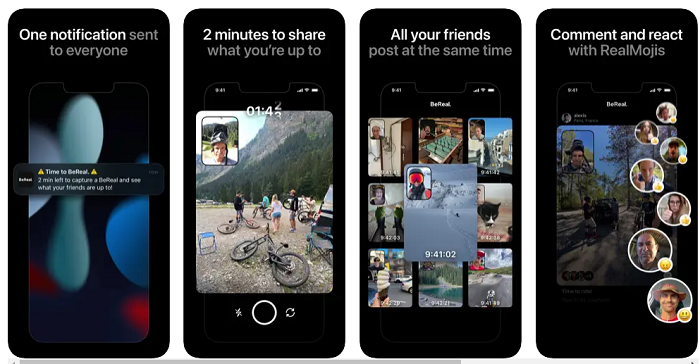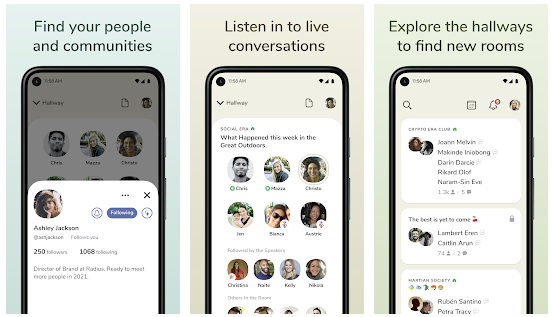Amid all the hype around the latest new social apps and tools, and how they’ll revolutionize this or that, one aspect is often overlooked – building a challenger app in the now established social media space is really hard, and the vast majority of trending newcomers are going to fail, no matter how much early buzz they generate.
We’ve seen this happen over and over again, yet trendsetters can’t help themselves fawning over the next big fad, in the hopes that they’ll become leaders in the new space, via first-mover advantage.
But in most cases, they won’t.
BeReal is the latest hype app that’s feeling the heat in this respect. Once a key trend of focus, BeReal reportedly reached 73 million monthly active users in August last year, which had many proclaiming it as the next big thing, and a return to the roots of authentic connection in social apps.

But BeReal’s functionality is limited. You get a notification once per day to share what you’re doing, and outside of that, there’s not a heap of things you can do in the app – there are no enhanced engagement or usage features, or importantly, any significant opportunities for advertisers.
The BeReal trend sparked copycat features on TikTok, Instagram and others, and since that August peak, downloads of BeReal have cratered. Now, BeReal’s testing out new functionalities, like Spotify integration and multiple photos, to expand on its offering. But mostly, it feels like the ship has sailed, and it’s swimming frantically to catch up.
Worth noting, too, that BeReal was at one stage valued at $600 million, which shows that market valuations also don’t accurately reflect the state of the app space either. Valuations are also based on hype – so the next time you see that an app or tool is valued at in the billions, know that this doesn’t necessarily mean that it’ll stick around, as most investment is based on educated bets, not sure things.
Before BeReal, of course, was Clubhouse, the audio social platform that had VCs buzzing in early 2021, as downloads of the app skyrocketed amid the pandemic lockdowns.

In April 2021, Clubhouse had 10 million weekly users, and was valued at $4 billion, but since then, usage of the app has declined significantly, as audiences lose interest in social audio elements.
Right now, neither BeReal or Clubhouse would be considered good investments, while Meta, Twitter, Snapchat and others continue to jockey for market share.
Of course, a key exception here is TikTok, which has been able to take on the incumbents in the space by providing an alternative social experience, by focusing on the content, as opposed to your social graph.
That approach has seen TikTok become a key player, but it still took some time to establish, while TikTok also benefited from the learnings of running the same app in China before bringing it to Western audiences.
Yet it does show that it can be done, a challenger app can still come in and take hold in the social media space. It’s just becoming harder to do, and unless you have a scalable, unique approach to social engagement, the prospects of success are not great.
It’s important to note this when you’re assessing the latest hype trend, and considering whether to invest your time and effort into building a presence. There’s clearly some advantage to getting in and locking down a brand profile name at an early stage, but in most cases, these new trends will come and go, without having any real impact on your marketing strategy.
There will always be exceptions, but you don’t need to jump on every shiny new app, or go ‘all-in’ on every new development. Few challengers are going to take hold, and it’s worth keeping this in mind as you map out your next moves, and plan your approach to the next big shifts.
It’s always worth experimenting, and familiarizing yourself with the latest tools, and considering their potential for your business. But not every fad will become an actual, sustainable trend.
You don’t need a strategy for everything, and till an app gets to 100 million users, or there’s significant niche usage, relative to your business, it may not be a real consideration.



